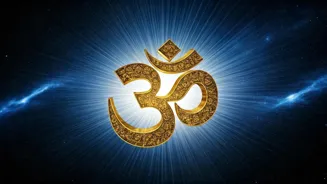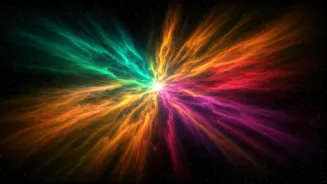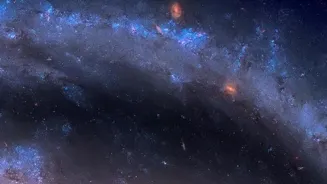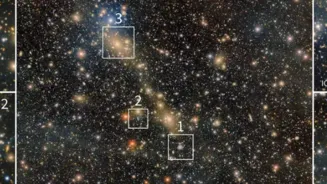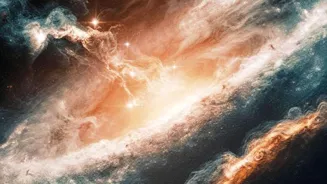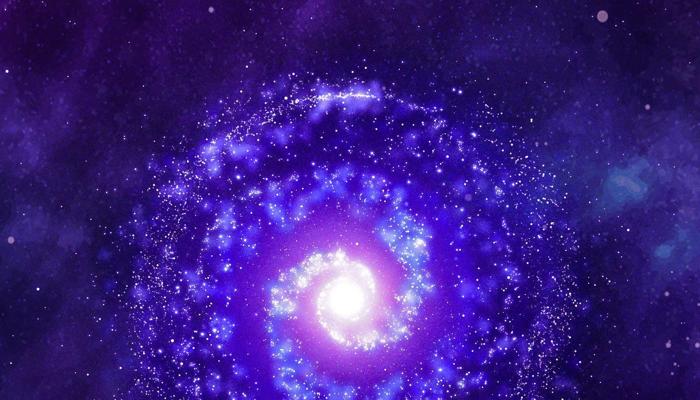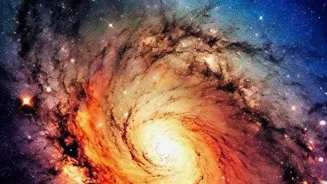Ever wondered how we know the universe is expanding? Join us as we journey through Hubble's groundbreaking discovery of redshift, which redefined our view
of existence, opening the door to the Big Bang.
The Universe's Secrets
The quest to understand the universe began with observing galaxies. Scientists noticed that the light from distant galaxies was shifted towards the red end of the spectrum – a phenomenon known as redshift. This shift became a vital clue in understanding the universe's evolution, revealing the secrets of cosmic expansion and its origins.
Hubble's Revelation: Redshift
Edwin Hubble, an American astronomer, made the groundbreaking observation that the light from distant galaxies was redshifted. This redshift indicated these galaxies were moving away from us. The farther a galaxy, the greater its redshift, implying faster recession and, ultimately, an expanding universe.
The Expanding Cosmos
Hubble's observations provided empirical support for the Big Bang theory, which suggests the universe originated from an extremely hot, dense state. The redshift provided evidence to prove that galaxies are moving away, which indicated the universe was not static. This confirmed that the universe is continuously expanding.
Big Bang: Cosmic Dawn
The Big Bang theory explains the evolution of the universe, from its initial state to the galaxies and structures we see today. This theory suggests the universe started from a single point that expanded rapidly. Today, the cosmic microwave background, or CMB, supports this theory. It's the afterglow of the Big Bang.
Beyond: Exploring Further
The discovery of redshift has had a huge impact on science, but there's still more to discover. Scientists continue to investigate dark matter and dark energy, delving into the mysteries of the universe. Future research will give more clues. It will help us understand what our universe truly is.

